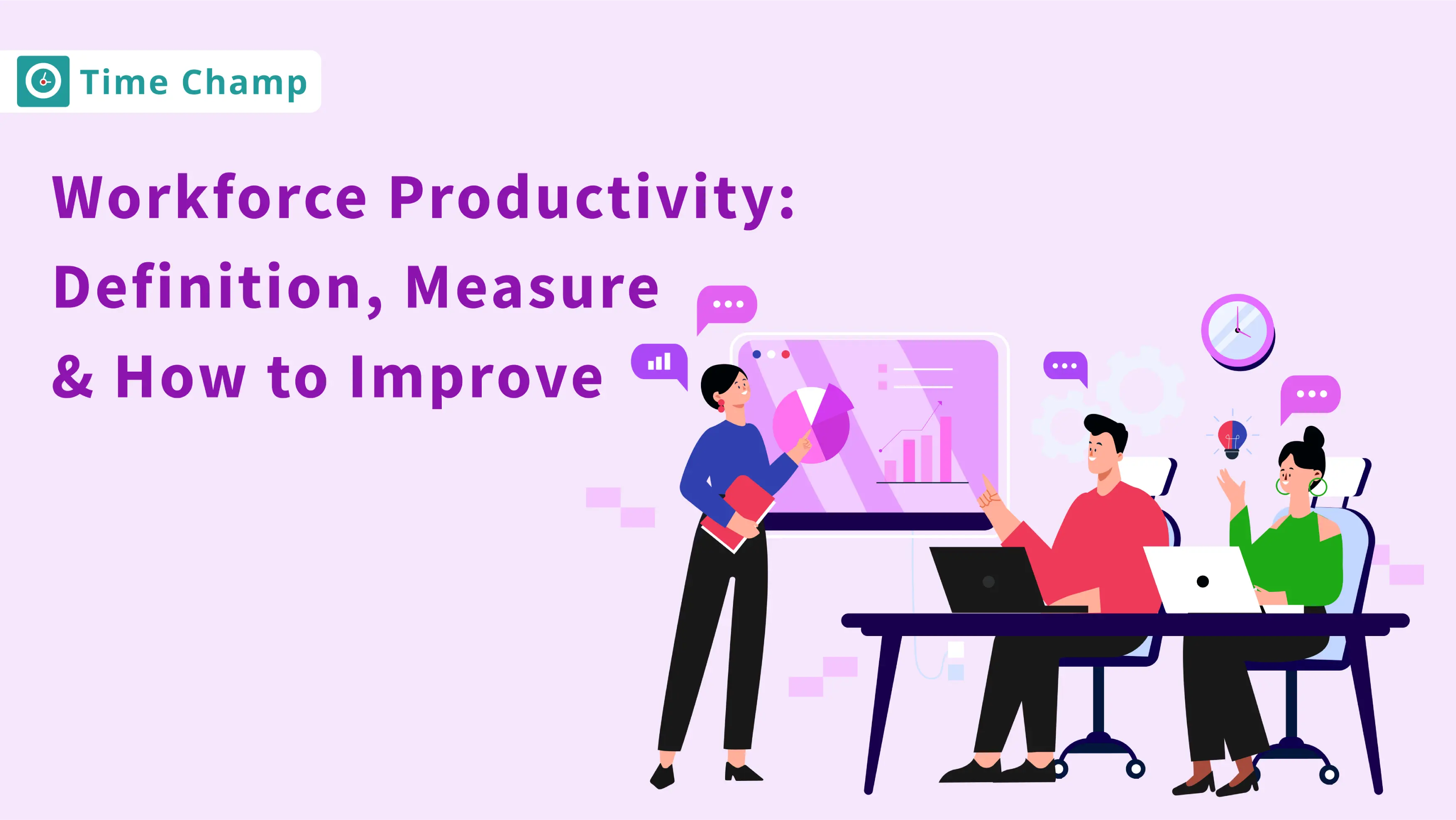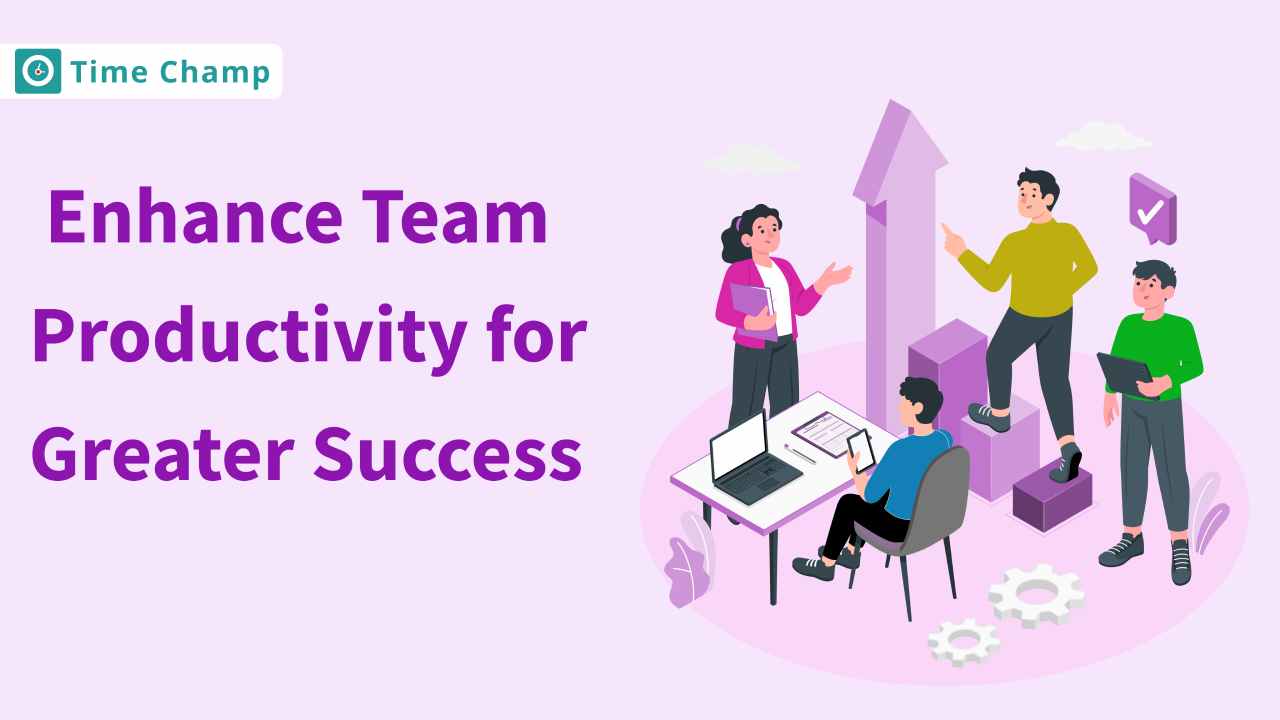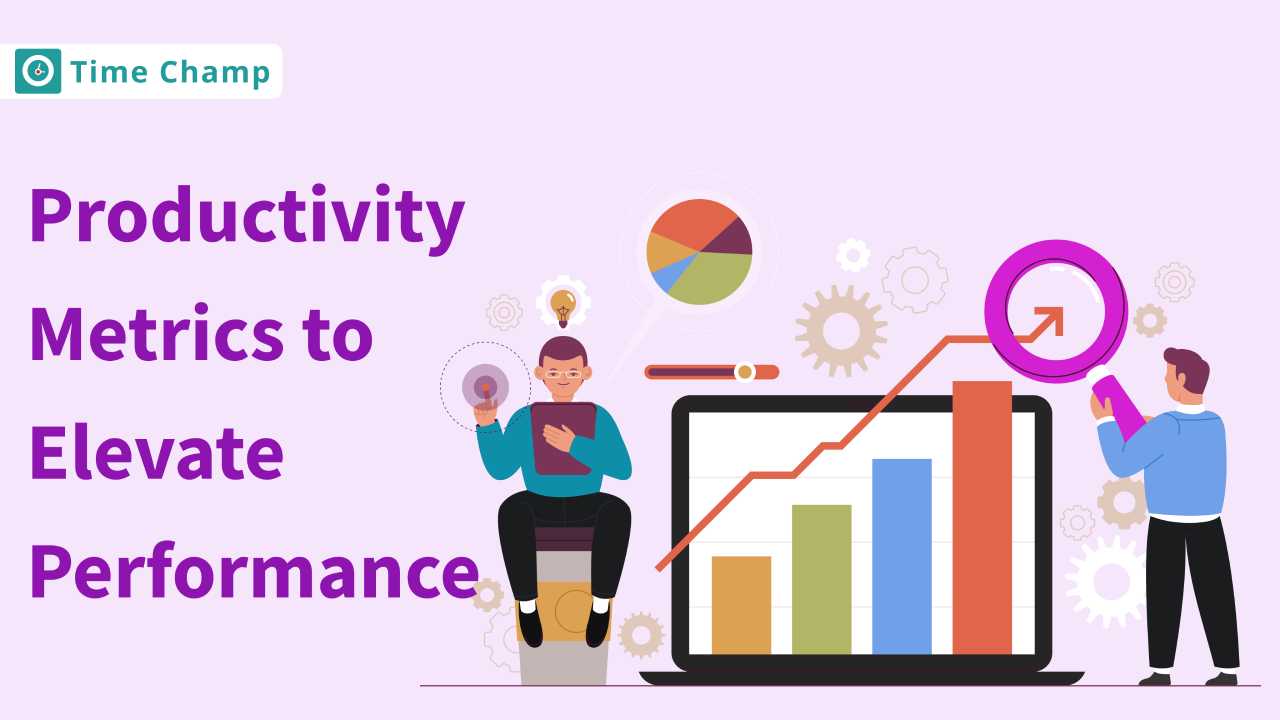Workforce Productivity is one of the primary factors of business success, as it indicates how well employees utilise time and resources to produce valuable output. It affects operational costs, profitability, employee satisfaction and long-term competitiveness.
As the U.S. Bureau of Labor Statistics states that labour productivity increased by 2.7% in 2024, highlighting the growing importance for organisations to measure and optimise employee performance to sustain competitive advantage. This guide defines the concept of workforce productivity, the elements affecting it, ways to measure it, and effective approaches, such as AI-driven solutions to boost efficiency .
What Is Workforce Productivity?
Workforce productivity can be defined as the output of the employees compared to the input in terms of resources, time, or effort. It shows the efficiency of a team or organisation in turning efforts into tangible outputs, which affect the overall business performance.
Workforce productivity is a critical issue because it directly affects profitability, operational efficiency , and competitiveness. High productivity allows organisations to achieve more with fewer resources, reduce expenses and retain high-quality standards. When employees are engaged and productive, the companies are better positioned to innovate, satisfy clients and grow in the long run.
Research indicates that organizations with highly engaged employees experience a 23% increase in profitability , underscoring the tangible benefits of a productive workforce.
What Factors Affect Employee Productivity?
Employee productivity is influenced by a combination of workplace conditions, management practices, and individual well-being. Knowing these factors assists organisations in formulating strategies to create a more productive workforce.
1. Work Environment
A good working atmosphere improves concentration and decreases stress. Employee performance is affected by comfortable seating, good lighting and noise control. Workers who work in office environments with ergonomic designs have fewer health problems, and this lowers absenteeism. A Survey by Harvard Business Review found that employees value the ability to personalise their workspaces, highlighting the importance of thoughtful office design for productivity.
2. Technology and Tools
Modern technology minimises redundancy and enhances accuracy in day-to-day tasks, project management, and team communication. Project management software simplifies workflows. Teamwork tools like Slack or Microsoft Teams can be used to communicate more quickly. According to McKinsey & Company , organisations that effectively use digital tools and technologies in their workflows can achieve up to 30% higher productivity compared to those that do not.
3. Employee Engagement
Engaged employees are motivated to do more than what is necessary. They are more creative and committed to business goals. Workforce disengagement causes delays, increased turnover, and wasted resources. Unengaged or actively disengaged employees cost the world $8.8 trillion lost in productivity.
4. Training and Skill Development
Constant training makes employees adapt to new technologies and challenges. Upskilled employees are more confident, reducing mistakes and delays. Firms that engage in extensive training programs are 24% more likely to increase their profit margin.
5. Leadership and Management Style
Leaders should ensure that they provide clear direction to avoid confusion and enhance accountability . Empowerment of leadership builds trust and productivity at work. Micromanagement lowers morale, which causes burnout and underperformance.
6. Work-Life Balance
Well-balanced schedules give employees time to recover and boost efficiency in the long run. Hybrid or remote work arrangements are flexible work models that minimise commute fatigue. A Stanford study has discovered that flexible work arrangements make people more productive by 12% .
How to Measure Workforce Productivity
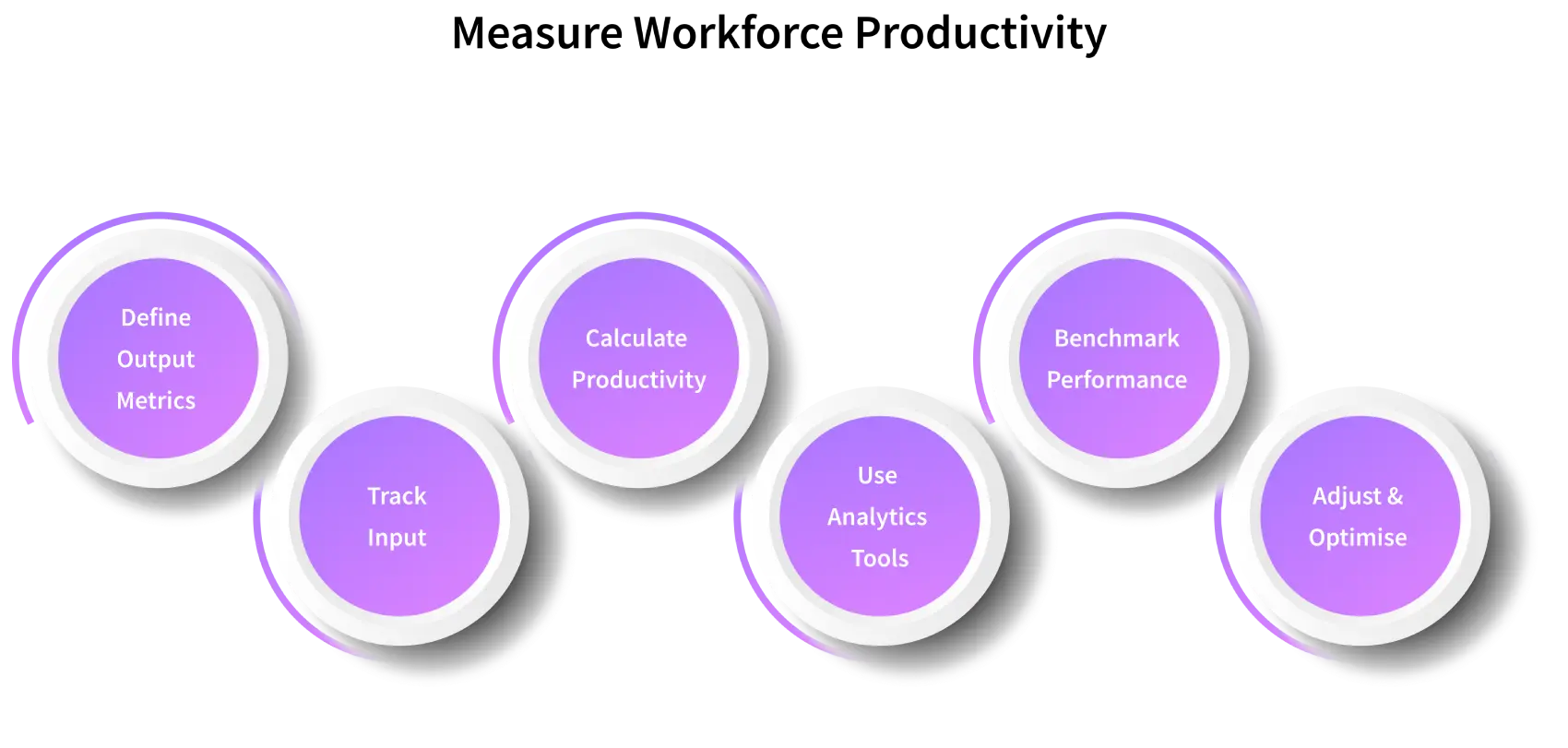
Workforce productivity measurement helps organisations to know their level of performance, identify bottlenecks and make optimal use of resources. Through systematic procedures, the productivity of workers is recorded accurately and consistently.
Step 1: Define Output Metrics
Begin by determining what is considered measurable output. This may include units made, tasks accomplished, projects delivered, or revenue earned. Clearly defined output measures make the team members aware of productivity objectives and expectations.
Step 2: Track Input
Input means the resources consumed, which may be in terms of labour hours, salaries, or materials. Gather information about how many hours employees work, what tools they use, and what other resources help them produce. Productivity ratios are calculated accurately by tracking input.
Step 3: Calculate Productivity
Use a simple formula for productivity calculation:
Workforce Productivity = Output / Input
For example, when a team finishes 120 tasks in 40 hours, productivity = 3 tasks/hour. This measures efficiency and helps in comparing teams or periods.
Step 4: Leverage Workforce Analytics Tools
Workforce monitoring software such as Time Champ offers real-time dashboards, automated reports, and actionable insights. These platforms simplify and enhance the accuracy of measuring productivity in the workplace.
Step 5: Compare Against Benchmarks
Assess your productivity with industry standards or past company data. Benchmarking assists in the detection of the gaps, the establishment of achievable goals, and the monitoring of the progress over time.
Step 6: Adjust and Optimise
Apply the acquired insights to redistribute tasks, enhance processes, or introduce training. Constant evaluation will make sure that the productivity of the workforce continues to increase and meet business goals .
What Are the Best Ways to Optimise Workforce Productivity?
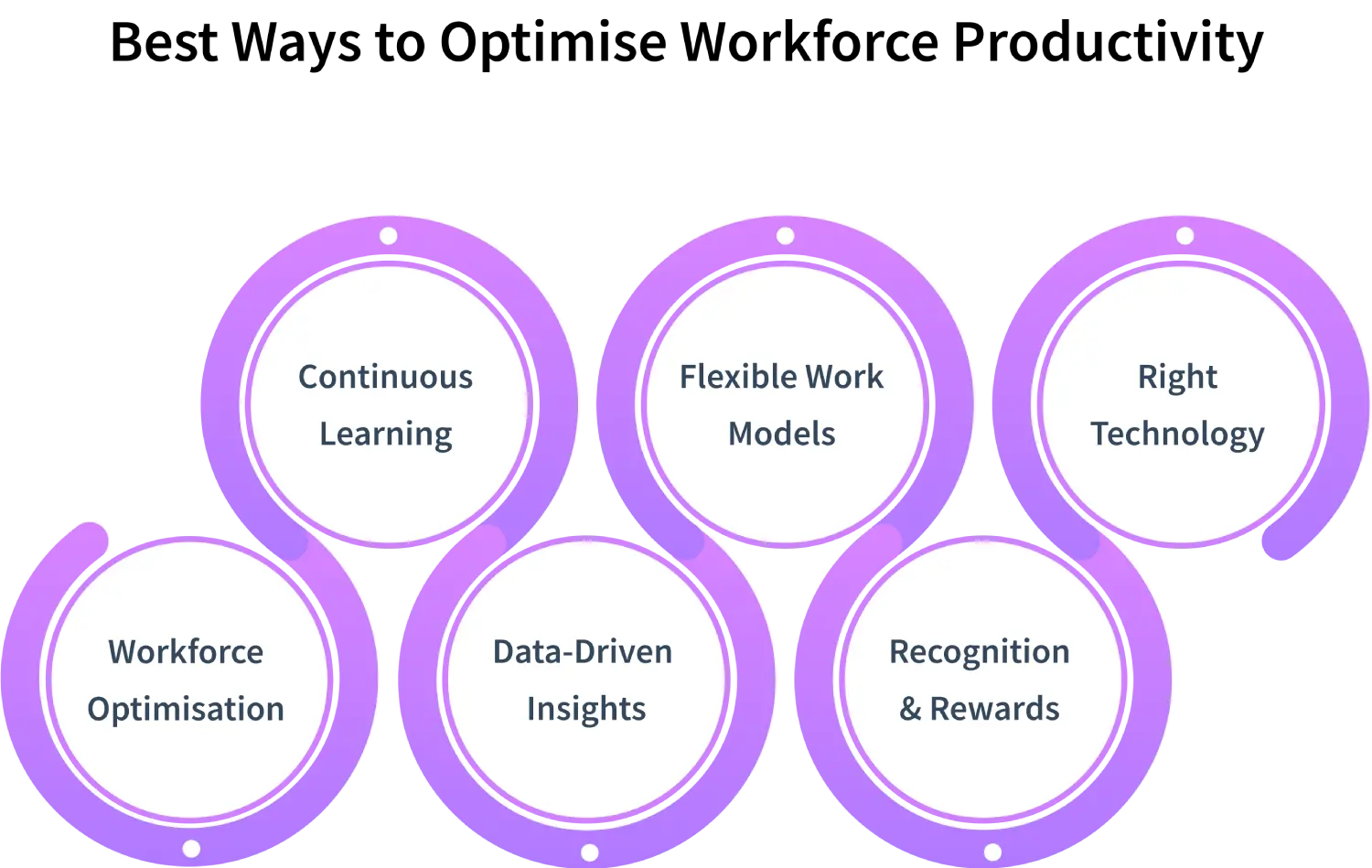
Enhancing employee performance requires not just hard work, but also effective strategies, the right technology, and a growth-oriented organizational culture. The following are some of the best methods of optimising workforce productivity:
1. Implement Workforce Optimisation Strategies
Systematic workforce optimisation helps align people, processes, and tools, enabling teams to work more efficiently. Optimisation can be used to save wasted time and enhance the performance of employees, whether it is in scheduling or task allocation.
2. Encourage Continuous Learning and Development
Upskilling programs enable employees to cope with new challenges. Consistent training maintains skills and makes sure that there is a gradual but steady increase in productivity at work despite changes in technology and roles.
3. Use Data-Driven Insights
Analytics tools will give real-time information on how tasks are completed, time utilisation, and employee engagement . These insights can help managers determine the bottlenecks, reallocate work, and improve the overall work productivity.
4. Provide Flexible Work Models
Hybrid and remote work allow employees greater autonomy, which reduces stress and commuting time. Flexible arrangements have been found to enhance productivity in the workplace, besides enhancing retention.
5. Foster Recognition and Rewards
The recognition of success keeps the employees motivated. The performance-based incentives or the simple recognition programs can dramatically improve workplace productivity by enhancing morale and loyalty.
6. Leverage the Right Technology
The use of modern collaboration tools, project management softwares , and automation software simplifies workflows. Organisations that adopt digital transformation report greater output and enhanced workplace productivity.
How can AI Improve Workforce Productivity?
Artificial intelligence (AI) enhances the productivity of the workforce by automating repetitive tasks, minimising manual errors, and allowing employees to concentrate on high-value tasks. As an example, AI-based chatbots can process up to 30% of customer service requests, leaving human agents to address more complex problems. Likewise, AI-based scheduling applications allocates the tasks more efficiently, which minimises delays and increases the overall efficiency of the workplace.
Beyond automation, AI provides predictive insights that help managers make smarter decisions. By analysing employee performance data, AI can identify productivity gaps, forecast project completion timelines, and even detect early signs of burnout. This data-driven approach allows organisations to balance efficiency with employee well-being, creating a sustainable path to long-term productivity growth.
Conclusion
Workplace productivity is a pillar of sustainable business development and competitiveness. By identifying productivity drivers and tracking performance, along with workforce optimisation, data-driven decisions, and AI integration, organisations can greatly enhance output and employee satisfaction. By having the appropriate combination of people, processes, and technology, businesses can create a truly productive workforce that is able to enhance innovation, lower costs, and guarantee long-term success in a growing business environment.
Frequently Asked Questions
Workforce productivity analytics involves the utilisation of data and applications to determine the output of workers relative to their input. It assists organisations to track performance, detect inefficiencies and make data-driven improvements.
The manufacturing, IT, healthcare, retail, and logistics industries are among those that rely heavily on these metrics. They monitor output, efficiency, and costs to remain competitive and drive growth.
Data-driven insights identify bottlenecks, underutilised tools, and employee engagement levels. This helps managers to redistribute resources, streamline their workflows and enhance productivity in the workplace.
Workforce productivity measures overall output relative to input, such as tasks per hour. Efficiency focuses on the quality of resource usage to achieve that output.

